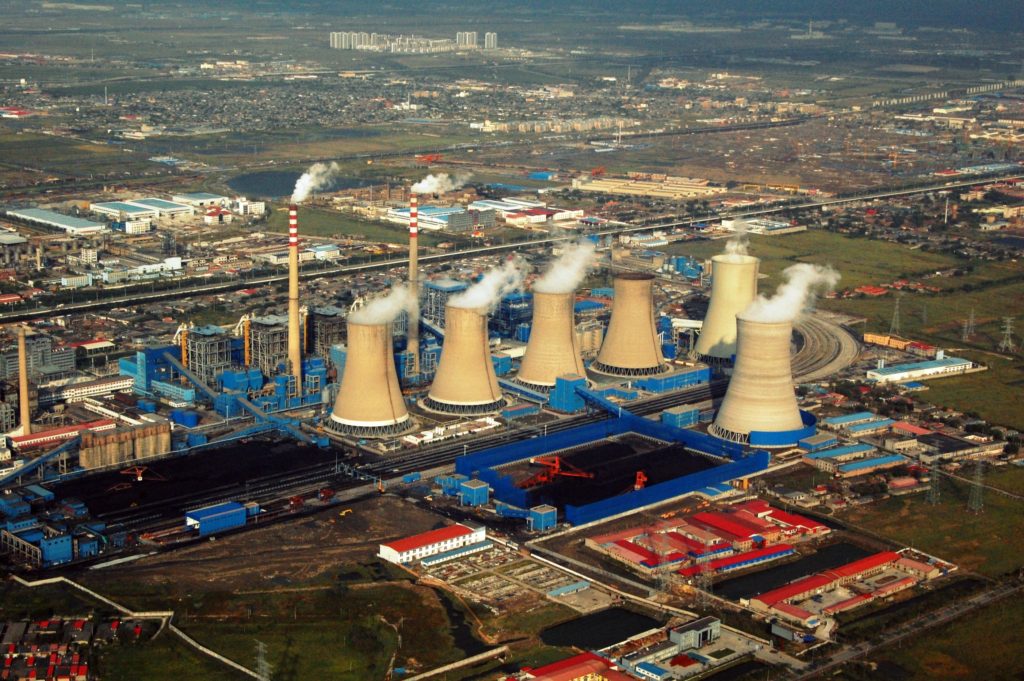After a last minute change of scheduling, this year’s COP25 ended dismally. While the climate crisis has now become a more recurrent topic in the press, the surge of activism in the past 2 years has failed to spur most of the major actors to curb their emissions. While some progress is being made, it’s nowhere close to where it needs to be to stop further apocalyptic scenes, like those of Australia, from stopping.
The withdrawal of the US (the world’s biggest polluter of all time) from the Paris Agreement, was not a good backdrop for the talks. Australia’s “coal man” Scott Morrison defended fossil fuel interests and blocked meaningful progress, while the Gulf States sent oil lobbyists. China, which had been making some progress with energy switches, was this time preoccupied by the economic downturn arising from Trump’s trade war. The EU, while far from perfect, at least stuck to its goal of net zero by 2050, and provides the best hope for global cooperation in the future, especially with Ursula von der Leyen – the new president of the EU commission – at the helm.
While global powerhouses may not willingly make changes to reduce their emissions, the global nature of the climate emergency means that they must be incentivised to do so. China’s buy-in is crucial – it’s responsible for a third of global emissions as the factory for the world, and it’s own huge population. Sanctions are regularly used as a tool against undemocratic regimes, while Trump seems to have favored tariffs as a way of exacting concessions. His bullying approach may have backfired, but the EU can use access to the European market as a way to gain cooperation and rewrite the way global trade operates.
As the world’s biggest trading block, and as the second largest economy in the world (after China), the EU has the power to start showing the world that ignoring climate change will come at a price. If China or the US were to find themselves with less favorable trading conditions they might rethink their attitude to emissions.
With the COP26 still months away however, there must not be a shelving of climate policy. While contentious, the question of emissions isn’t impossible to resolve. The EU’s ETS (emissions trading scheme) currently requires companies to pay tax on their emissions, and this has been effective in seeing an end to coal in the UK, but it’s still too low considering the small remaining carbon budget we have left to stay below 1.5C.
Carbon taxing is one part of the puzzle that needs much more discussion and agreement – and at the beginning of a critical decade for the future of the planet, the EU should be holding a climate emergency summit. It is essential that the 27 countries move towards a united front ahead of the COP26, and agree on a much higher carbon tax for countries within the EU, and for those manufacturing abroad. What that price is is a point of contention, but the World Bank suggests it needs to be between $40-80 a ton, rising to $100 mid-century. Another report by Stanford University academics suggests a figure closer to $200 if the social cost of climate change adaptation is taken into account.
With the US taking a recklessly backward stance on climate, and an increasingly isolationist position on the world stage, now is the time for the EU to use its influence to get meaningful action on emissions.


Another punchy article.
Well done